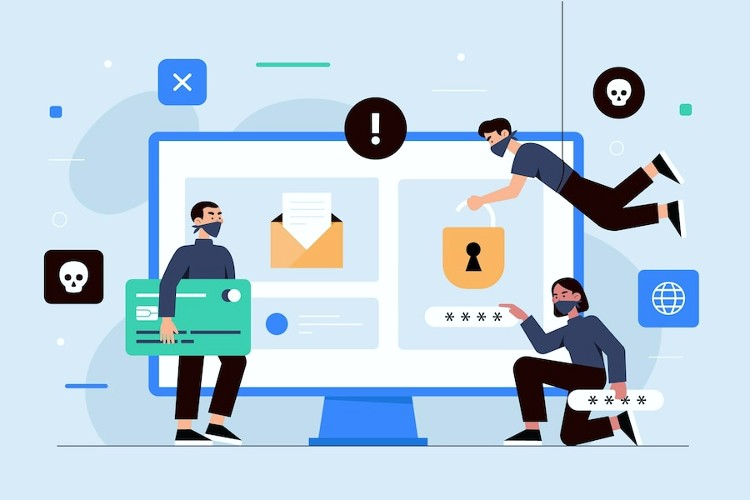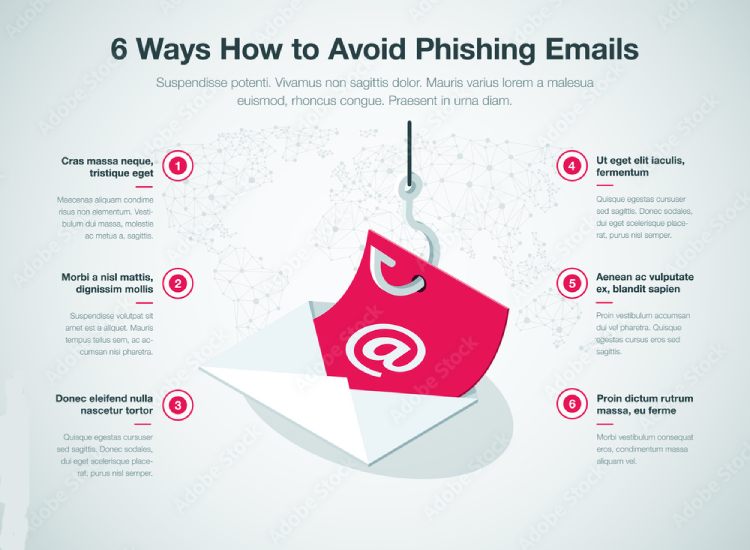Reveal The Secrets To Stopping Phishing Emails
Phishing emails are one of the most common forms of cyber attacks, and they can be incredibly dangerous. These emails are designed to trick you into giving away your personal information, such as your passwords or credit card numbers, by posing as a legitimate organization or individual.
In some cases, they may even contain malware that can infect your computer and steal your data. The consequences of falling for a phishing email can be severe, from identity theft to financial losses. To protect yourself from these threats, it's essential to learn how to stop phishing emails.
In this blog post, we'll discuss some practical tips and best practices you can use to avoid falling victim to these scams. We'll cover topics such as how to recognize phishing emails, what to do if you receive one, and how to protect your devices from malware. By following these tips, you can keep your personal information safe and avoid the negative consequences of phishing attacks. phishprotection.com contains useful information about stop phishing emails.

How To Stop Phishing Emails
Some of the common techniques that phishers use to accomplish this and warning signs of a phishing email include:
- Lookalike Email Addresses: Email addresses that look like but are not exactly safe to use, Check to indicate the validity of an email address before trusting it.
- Misleading Links: In an email, the text at the beginning of the link does not have to be the same as the link. View a link by hovering over it with the mouse and confirm that it properly gets wherever it is supposed to go before clicking it.
- Suspicious Attachments: Phishing templates will often use email attachments to distribute malware. If an attachment is not needed, the wrong file format (such as a ZIP file pretending to resemble an invoice), or a Microsoft Office file that requires the use of macros, then it might be a malware download.
- Spelling and Grammar: Phishing emails will often contain spelling mistakes and grammatical mistakes. If you're unsure whether an email seems right or doesn't match the voice purported by its sender, it is most likely a scam.
How Phishing Attacks Work
Phishing is a type of cyber attack in which an attacker creates a fake website, email or message in order to trick individuals into revealing sensitive information such as passwords, credit card numbers, and bank account details.
Here's how a typical phishing attack might work:
- The attacker creates a fake email or message that appears to be from a legitimate source, such as a bank, social media site or email provider.
- The email or message typically contains a link to a fake website that looks like the legitimate site. The website may ask the user to enter their login credentials, account information, or other sensitive information.
- Once the user enters their information, the attacker can use it for fraudulent purposes such as identity theft, financial fraud, or selling the information on the dark web.

Phishing attacks can also involve the use of malware or viruses that can be installed on the user's computer when they click on a link or download an attachment. These can be used to steal sensitive information, monitor the user's activities, or take control of their computer.
To protect yourself from phishing attacks, it is important to be vigilant and cautious when receiving emails or messages from unknown sources. Check the sender's email address, hover over links before clicking to see the true URL, and be wary of messages that ask for personal information. Additionally, it is recommended to keep your computer and software up-to-date with the latest security patches, and to use anti-virus software and firewalls.
In conclusion,phishing emails can be a major annoyance, but there are several steps you can take to reduce the chances of falling victim to them. First, be aware of the signs that an email is a phishing attempt. Second, never click on links in unsolicited emails. Third, use strong passwords and change them often. Fourth, use two-factor authentication if available. Lastly, make sure to regularly check your bank accounts for any unusual activity.
